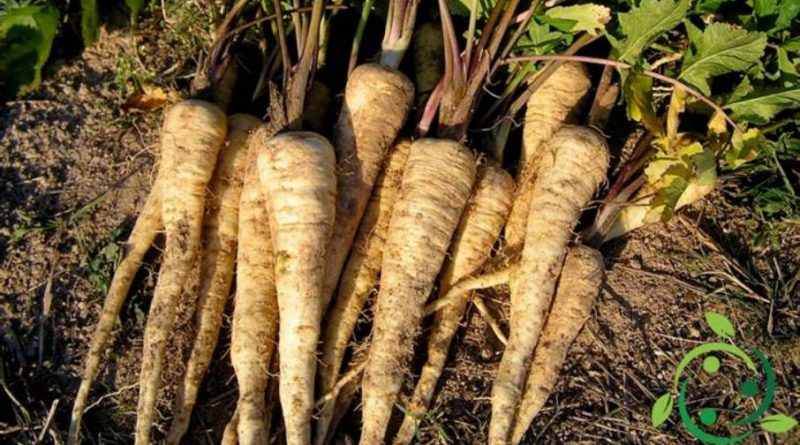How to grow parsnip
How to grow parsnip
The parsnip (Pastinaca sativa L.) is a biennial herbaceous species but cultivated as annual, of the Apiaceae family (Umbelliferae); it has a herbaceous, hollow and angular stem, fleshy, sticky roots, pinnate leaves that are deeply incised and toothed. The long, white and fleshy root, with a sour taste, is eaten as a vegetable after cooking. In this sheet we see how to grow parsnip.
The parsnip is in fact a little known vegetable (at least in Italy) but at the same time easy to grow and botanically close relative to carrots. It is a vegetable that is consumed cooked, and it is a vegetable with soft, sweet dough, which approaches the taste of the potato and the carrot. The parsnip, although of ancient origins and cultivated mainly in northern Europe, can also be grown very well in the Italian climate and is a typically winter vegetable.
The sowing of the parsnip occurs in the period between February and June in open field. I remember that the germination of the seeds of this plant is rather short so they must come from plants of the year. To facilitate germination, it is also advisable to soften the seeds in water for one night (even better if infused with chamomile). The recommended depth of sowing should be 1-1.5 cm with a density of about 40 grams of seed per 100 square meters of vegetable garden. The sowing must be done in rows about 40 cm apart and with distance on the 15 cm row.
As for carrots or potatoes, the seedbed must be soft, deep, well drained and the soil must have been well worked so as to make the root thicken. We recommend a finishing process up to 40 cm. In fertilization use only well-mature manure (or at least compost) avoiding nitrates (which are too vegetative to the detriment of the root, predispose the plant to parasitic attacks and worse yet are assimilated by our body with unpleasant consequences). The parsnip is a plant from cold climates for which it does not fear frost (which acts on the best taste of the root) but should be grown with good sun exposure.
The parsnip should be subject, like the carrot, to some parasites such as ferrets and nematodes, to the alternative, to fungal diseases such as downy mildew and sclerotinia, and to bacteria such as Xantomonas and Erwina Carotovora. For this reason it is good to operate careful rotations and consocations. Among the associations there are the best ones with garlic, shallot, leek and onion, which are repellents for insects. An excellent rotation is also a necessary technique for an organic vegetable garden; for this reason do not sow the parsnips after cabbage, spinach, beets, onions, leeks, fennels, carrots and celery.
The optimal period of harvesting of the parsnip is in autumn or winter (the latter is better from the organoleptic point of view), with total extraction of the entire plant from the ground. For a scalar collection, you can leave the plant in the ground for a long time, where it is perfectly preserved, protecting it with straw mulching. Once collected, however, it should be kept in ventilated places and at medium temperatures.
The use of this vegetable in the kitchen can also be made raw (as for carrots) but its taste and best use is if it is cooked like the potato, in all its variants.

